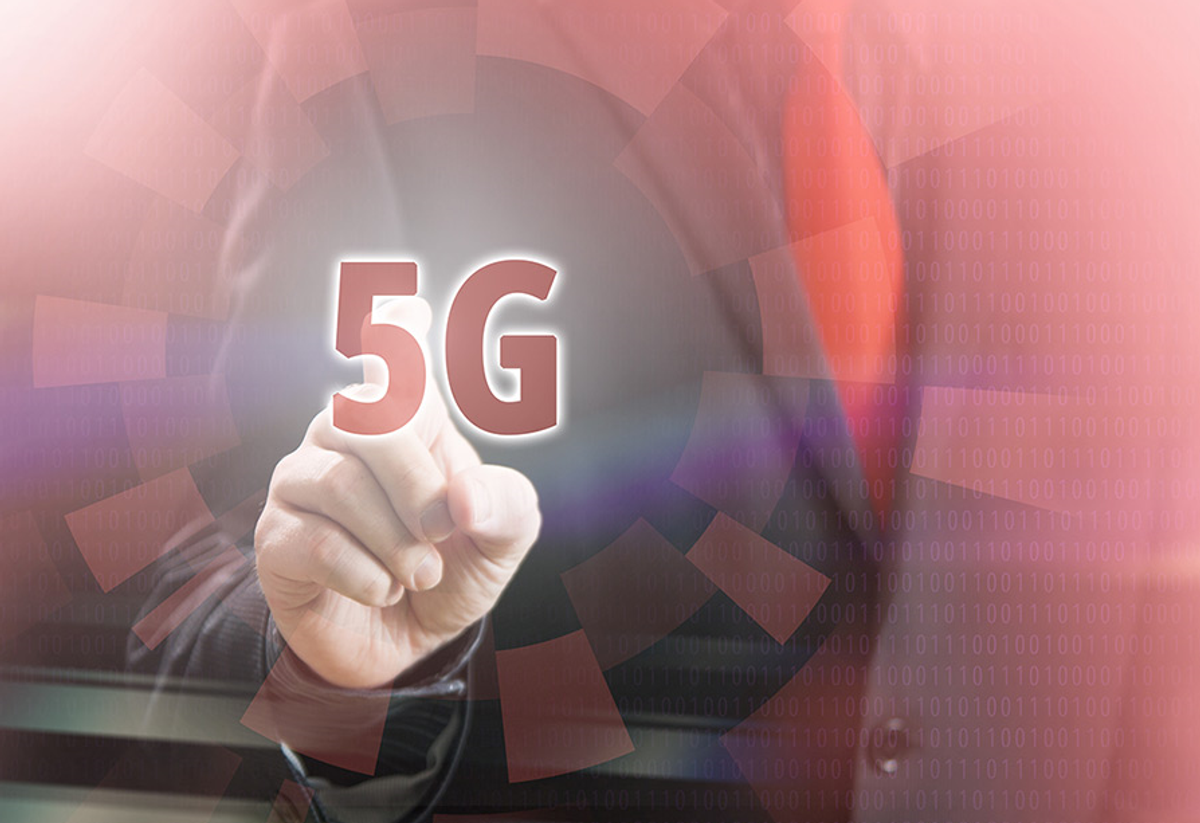By Sarah Yost, SDR Solution Marketing, National Instruments
The 3GPP, 3rd Generation Partnership Project, is the standards body that publishes agreed upon specifications that define our wireless communications standards. They have outlined a timeline for 5G, and the first phase of definition for 5G, called New Radio or NR, just passed in early December 2017 (timeline shown below).

Although NR Phase 1 will be different from the LTE protocol commonly used in today’s mobile communications, there will be similarities as well. The most stark differences between LTE and NR is the carrier bandwidth and operating frequency. In addtition, NR adds new beamforming capabilities – both in the analog and digital domains. The table below illustrates a side by side comparison of key specifications for LTE and NR.

In order to meet aggressive timelines for 5G deployment, a plan for potential phasing has been proposed. This plan consists of two versions of NR: a stand-alone version and a non stand-alone version. The non stand-alone version will operate with the LTE eNB as the master and a secondary cell of NR gNBs (equivalent of eNB in 5G NR) that are connected to the EPC. This is the version of the standard that was ratified in December 2017. The diagrams below show what this will look like:

The non stand-alone version of 5G NR exists as a way to take advantage of existing infrastructure during initial deployments of 5G technology. A stand-alone version also exists with the goal of being forward compatible for future generations of wireless standards. Stand-alone networks can co-exist with non stand-alone and operate simultaneously. An exact date for when stand-alone technology will be rolled out has not yet been set, but it is a use case that is being taken into account in the NR Phase 1 design. A diagram of the stand-alone case can be seen below.

Aside from the efforts being made in the standardizations bodies, Verizon and Korea Telecom (KT) are looking to commercialize pre 5G technologies. Verizon is looking to deploy fixed wireless access based on the 5G Technical Forum (Verizon 5GTF or V5GTF) physical layer as early as winter 2017. V5GTF will operate at 28 GHz and be used as a way to deliver high speed internet in last mile applications, but will not cover the mobile use case. KT, on the other hand, is looking to deploy pre 5G technology for the winter Olympics being held in February 2018. Specifics of their deployments have not been publicly disclosed.
Operating frequency has been a widely discussed and debated topic for 5G, and clarity is starting to emerge. Below is a summary of the frequencies being considered based on activity in the 3GP.

The Importance of mmWave
It’s important to note that sub-6 GHz frequencies will still play an important roll in 5G technology. Companies are looking to increase bandwidth up to five times what is currently available in LTE. The frequencies listed above represent a majority of the frequencies being considered, but is not a comprehensive list. For example, T-Mobile is planning to use spectrum around 600 MHz in the United States for 5G deployment.
While millimeter wave (mmWave) frequencies for the first phase of NR are better defined, there will still be a need for multiple bands, depending on region. For instance, Chinese regulatory bodies have proposed 24.75-27.5 and 37-42.5 GHz. The FCC in the US has proposed 28 GHz and 2 bands covering 37-40 GHz. And the EU has specifically stated that 28 GHz will not work and is focused on the 24-27 GHz spectrum as well as 38 and 39 GHz. Korea and Japan are also aligned around 28 GHz.
Having a better idea of what the standard will look like is a good first step to understanding the commercialization of 5G, but there are also a number of other challenges in both component and system design as well as device validation and test that may impact the speed of deployment of these new technologies. The addition of technologies like beamformng requires changes in the design of RFICs like power amplifiers and transceivers. To minimize system loss, antenna arrays are being increasingly integrated into the same chip or module as the PA’s and transceivers. As a result, engineers can no longer test these devices with traditional cabled test methodologies. Indtead, over-the-air testing, which was once taboo, is becoming mandatory.
The Challenges Ahead for Test and Measurement
New Radio, especially for mmWave, is significantly more complex than LTE. Much of the existing test equipment is not designed to handle the combination of higher carrier frequencies, wider bandwidths, and over-the-air measurements. In fact, even the simplest measurement tasks such as taking an RF power measurement must must be rethought for 5G because the definition of what it means to take calibrated over-the-air measurement is not clearly defined and agreed upon in industry.
While the standardization process of layer 1 and layer 2 is rapidly coming to a close, there are still numerous challenges that remain to be solved. Thusfar 5G has opened up a new era in wireless communications and it’s clear that this is just the beginning. Now it’s time for RFIC design and the test and measurement industry to take what we’ve learned from wireless researchers and similarily innovate in order for 5G to be deployed commercially.



